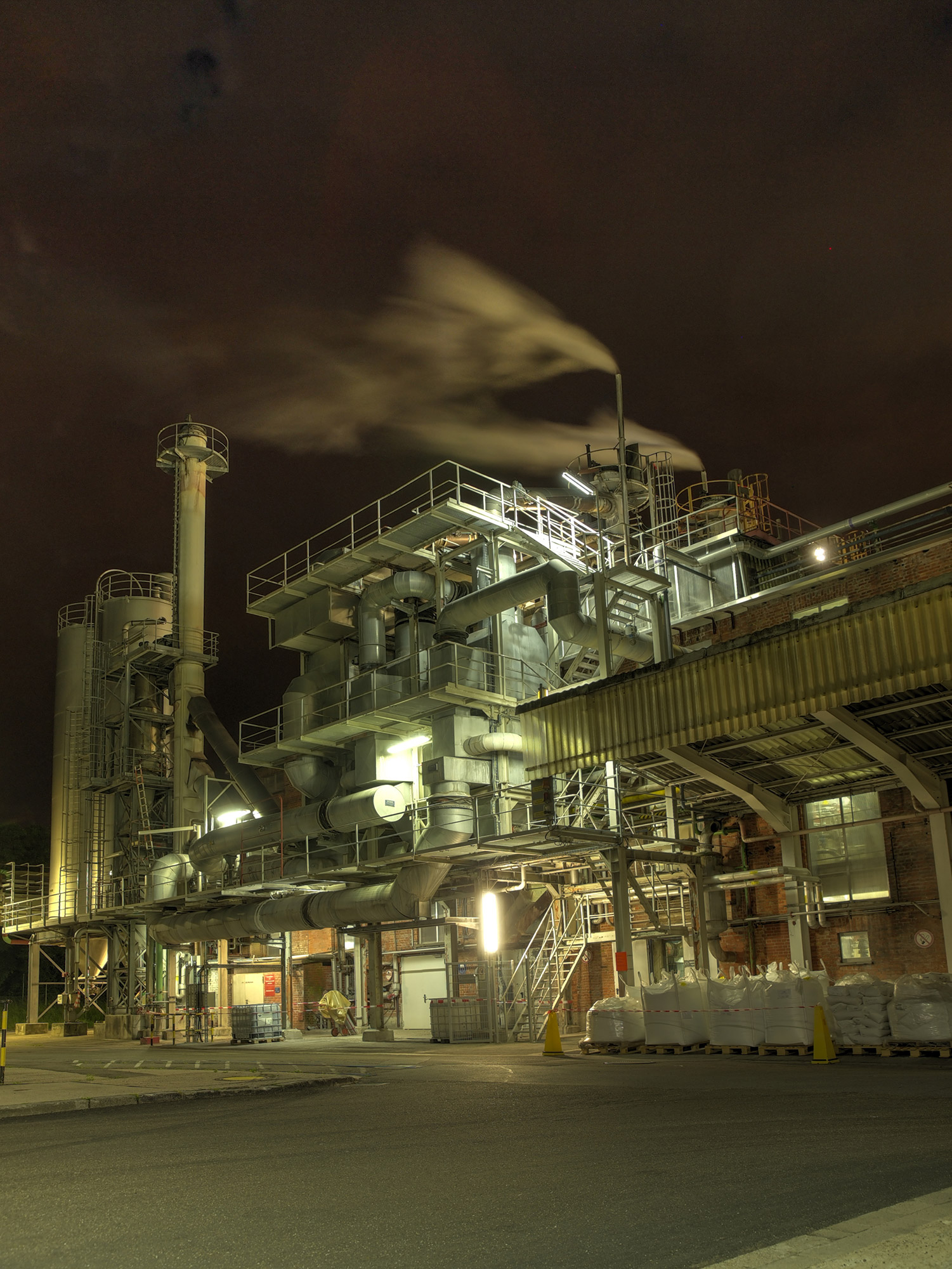GHG & Climate Change
ICL has set a goal of achieving a 30% reduction in its overall Scope 1+2+3 emissions by 2020 (using 2008 as its base year)
ICL takes extensive actions to reduce its Greenhouse Gas (GHG) emissions. The main initiatives include reducing GHG emissions from chemical processes, transitioning to natural gas as a primary fuel source and pursuing a multi-year energy efficiency plan. The result has been a reduction of our global GHG emissions by 23% compared with the 2008 base year emissions. Climate change could also significantly impact agriculture, one of our main markets. \
Climate change, or global warming, refers to the rise in average surface temperatures on Earth. Climate change results primarily from the use of fossil fuels, which releases carbon dioxide and other greenhouse gases into the air. These trap heat within the atmosphere, which can have a range of effects on ecosystems, including rising sea levels, severe weather events, droughts and others.
By 2017, ICL’s Global GHG emissions have been reduced by 23% compared with 2008 base year emissions. This constitutes 77% of our planned decrease by 2020.
We have taken various measures to continue reducing our GHG emissions. The main initiatives to date have included:
- Eliminating or reducing process GHG emissions: Our replacement of SF6, previously used as a protective gas during magnesium production, with HFC134a, caused a major reduction at ICL Dead Sea Magnesium. We have also implemented an innovative system which has reduced N2O emissions at ICL Haifa (F&C) by 60% per ton nitric acid produced. Both projects were approved by the U.N. CDM mechanism.
- Converting our production plants in Israel to the use of natural gas: Natural gas offers many environmental benefits, including lower emission of greenhouse gases per unit of energy produced.
- Increasing energy efficiency: We are phasing out inefficient production technologies, streamlining our production facilities, increasing the efficiency of our consumption of heat and steam, using residual heat and reducing our consumption of lighting and air conditioning.
- Increasing our use of less carbon-intense external electricity: mostly to electricity generated from natural gas, and, where available, from renewable energies.
Note: In the chart below, 2008 appears as the base year used by ICL to measure our long-term performance (in addition to short-term, year by year performance).
Global GHG emissions (scope 1+2+3)
2017 GHG emissions by Scope (tonnes of CO2e)
2017 GHG emissions by geographic regions (tonnes of CO2e)
Our GHG emissions have been reduced by 23% compared with 2008 base year emissions. This constitutes 77% of our planned decrease until 2020. Compared with our 2008 base year, we have reduced our 2017 CO2e emissions by 954,000 tonnes. The grand majority of reductions are in Scope 1 and 2 emissions. Our comprehensive GHG inventory analysis is based on the GHG Protocol and includes the following GHG’s: CO2, CH4, N2O and HFCs (and historically, SF6, now no longer emitted).

Between 2016 and 2017, a minor (2%) increase occurred in our Global GHG emissions. This increase is mostly attributed to ICL Israel sites temporarily returning to depending primarily on external electricity from Israel’s IEC national grid – which is more carbon intensive than the natural gas based power plants from which ICL Israel purchased most of its external electricity in recent years.
In the previous year, from 2015 to 2016, ICL’s total GHG emissions have increased by 20%. The great majority of this increase is attributed to the recent addition of ICL China YPH JV to our GHG inventory. Most GHG emissions at YPH JV are generated from its large phosphate and fertilizers plant, 3C, and are attributed to external electricity consumption, process CO2 emissions from phosphate rock acidulation and coal combustion.
Another reason for the increase was the conclusion of a strike in 2015 and a return to regular production levels at ICL Dead Sea and Neot Hovav.
ICL received an A- in the Carbon Disclosure Project
We expect our GHG emissions to decrease in 2018, as the newly implemented, high-efficiency power plant in Sdom becomes fully operational.
Cooperated climate action: striving for a 90% CO2 reduction in the Zeeland province.
Several large industrial companies, including ICL Terneuzen, located in Zeeland province in the southwestern Netherlands, have created an ambitious climate plan. The industrial companies, including some of the largest energy consumers in the province, plan to reduce their CO2 emissions by 85% to 90% by 2050, in line with the Paris climate agreement.
The Zeeland companies participating in the climate plan include ICL the Netherlands Terneuzen, Yara (located in Sluiskil), Zeeland Refinery (located in Nieuwdorp), Trinseo, Dow Benelux, and Cargill (located in Sas van Gent). Their climate plan was developed together with companies from West Brabant and Flanders, and calls for using each others’ residual heat and waste materials.
The companies have drawn up a roadmap with measures needed to achieve this objective. The plan includes storage and recycling of CO₂ as well as the use of hydrogen.







